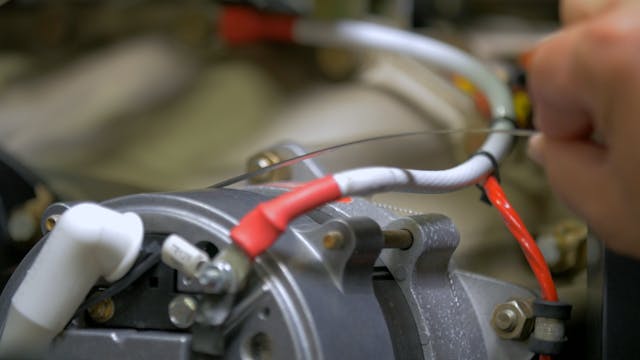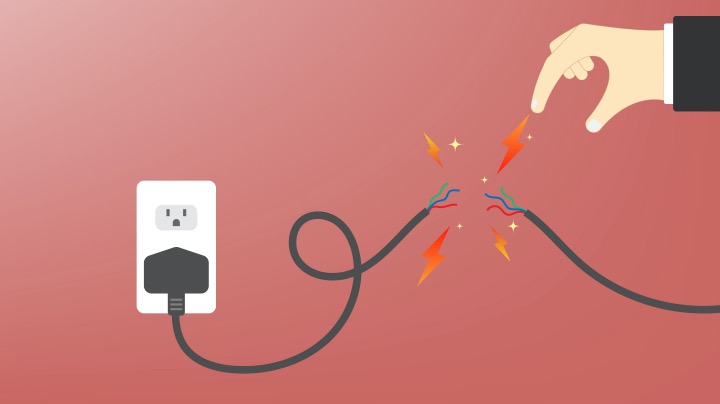Achieve total compliance through specialized regulatory compliance assistance.
Achieve total compliance through specialized regulatory compliance assistance.
Blog Article
Top Tips for Effective Electrical System Troubleshooting
Fixing electrical systems needs a systematic method, grounded in an extensive understanding of electric concepts and safety and security methods. The subtleties of efficient repairing prolong beyond plain technological knowledge; understanding just how to document findings and focus on security can dramatically affect end results.
Understand the Essentials
Recognizing the essentials of electrical systems is crucial for effective troubleshooting, as a strong foundation allows specialists to diagnose and resolve issues much more efficiently. An extensive grasp of electrical concepts, such as voltage, existing, resistance, and power, is crucial in recognizing the root causes of troubles. Voltage is the electric prospective distinction that drives current via a circuit, while resistance opposes the flow of existing, impacting the general functionality of the system.
Knowledge with circuit components, consisting of resistors, capacitors, diodes, and switches, is likewise paramount. Each part plays a distinct role in circuit actions and can influence performance when malfunctioning. Furthermore, comprehending series and identical circuit arrangements is crucial, as these arrangements affect the circulation of voltage and present within the system.
Moreover, expertise of safety and security procedures is indispensable. Service technicians need to recognize potential threats, such as shock and brief circuits, to carry out risk-free troubleshooting methods. By grasping these fundamental concepts, specialists boost their ability to conduct efficient diagnostics and fixings, inevitably leading to boosted efficiency and integrity of electric systems. This fundamental knowledge is the keystone of successful repairing endeavors.
Gather Necessary Equipment
Efficient troubleshooting of electric systems calls for the appropriate set of devices to diagnose and fix problems precisely. Necessary tools include a multimeter, which measures voltage, current, and resistance, permitting for accurate assessments of electric elements.
Additionally, protected hand tools such as screwdrivers, pliers, and wire pole dancers are critical for safely manipulating electric connections. It is additionally advisable to have a circuit tester available to verify the existence of voltage in electrical outlets and wires. For even more facility systems, a thermal imaging video camera can help identify overheating parts, indicating potential failures.

Follow a Systematic Technique
Having actually gathered the suitable tools, Recommended Site the next step in repairing electrical systems is to follow a systematic technique. A systematic technique makes certain that specialists can recognize faults effectively and precisely, lessening downtime and stopping unnecessary repairs.
Begin by evaluating the system's schematic diagrams and requirements. This involves checking each element systematically, beginning from the power resource and working in the direction of the load.
Make use of testing equipment, such as multimeters and oscilloscopes, to gather unbiased information about voltage, current, and resistance at various points within the system. This empirical proof will direct your troubleshooting efforts and assist to validate or remove potential sources of failing.
Furthermore, take into consideration environmental elements that may influence the system's efficiency, such as temperature level changes or dampness ingress. A comprehensive examination of circuitry, links, and components will guarantee that all possibilities are accounted for.
Document Your Searchings For
Comprehensive documentation is important in the troubleshooting process of electric systems. This technique not just help this article in recognizing the root cause of the issue but also offers as a reference for future fixing initiatives.

In addition, keeping a log of parts changed or fixings done is very useful. This information supports inventory monitoring and can assist examine the durability and reliability of particular elements.
Inevitably, the documentation process must be extensive yet succinct, making it possible for very easy retrieval and testimonial - electrical system troubleshooting. By prioritizing detailed documentation, technicians can create a beneficial data base that not only help in present troubleshooting however likewise equips future upkeep initiatives, therefore improving general system dependability

Prioritize Precaution
Identifying the inherent risks linked with electric systems is essential for making certain safety and security during troubleshooting. Electric shock, burns, and tools damages are just a few of the prospective threats that specialists encounter. Focusing on safety procedures is not just a legal responsibility however also an ethical vital that safeguards both the technician and the original source the surrounding setting.
Prior to starting any type of troubleshooting job, technicians ought to don appropriate personal protective devices (PPE), consisting of insulated gloves, shatterproof glass, and flame-resistant garments. Making certain that the job area is dry and cost-free of clutter can considerably reduce the risk of mishaps. Additionally, it is important to de-energize circuits before beginning any kind of job, verifying that they are not live through the usage of a multimeter or voltage tester.
Developing clear interaction methods with employee is additionally vital; this ensures that everyone understands possible hazards and the standing of the electrical system being serviced. Having an emergency situation action strategy in place can show important in the occasion of an incident. By focusing on safety measures, professionals can properly reduce threats and foster a safer office.
Verdict
Effective electric system troubleshooting relies on a thorough understanding of essential concepts and a methodical strategy. Prioritizing safety measures ensures the well-being of people included and the stability of the electric system.
Report this page